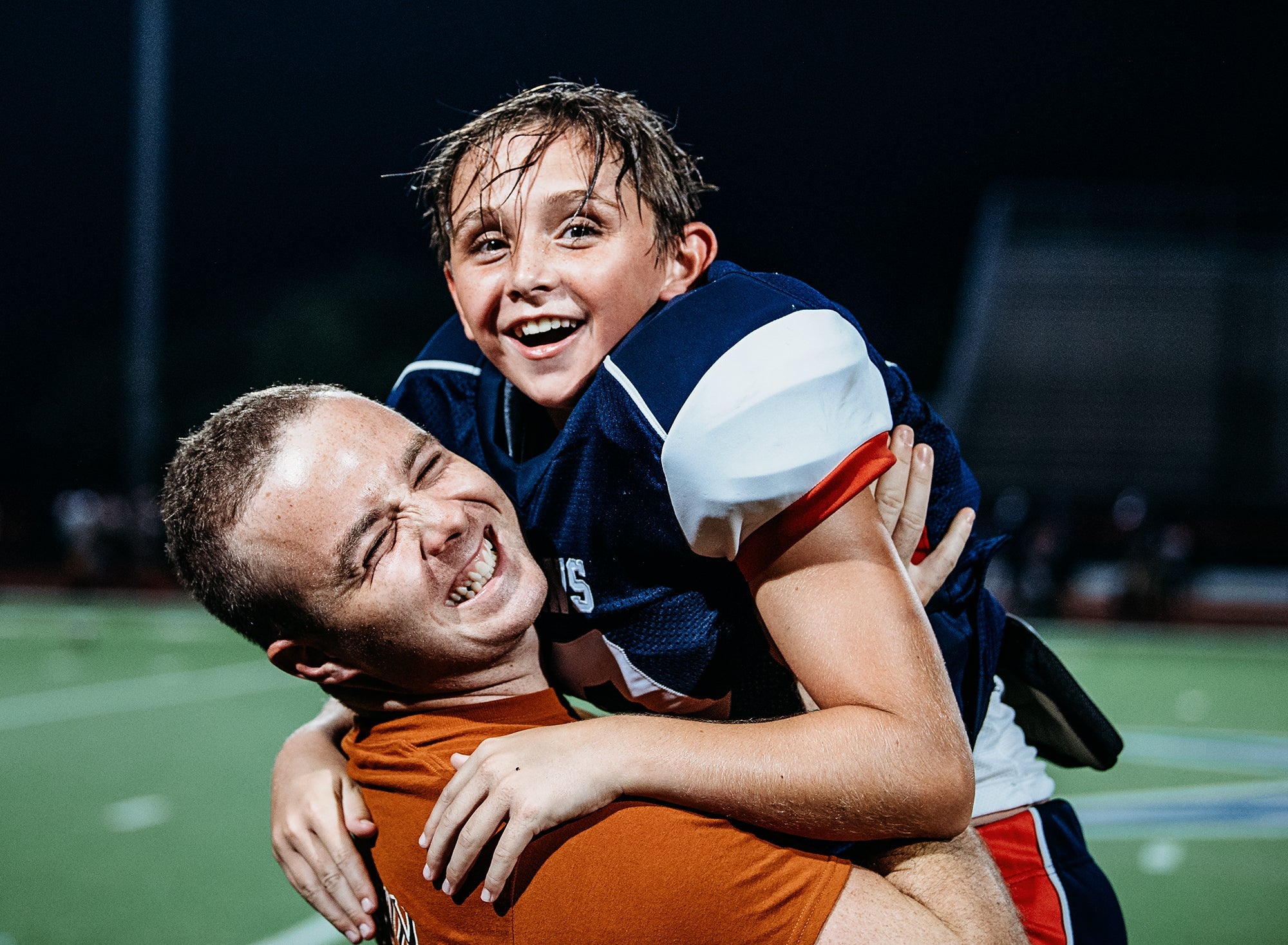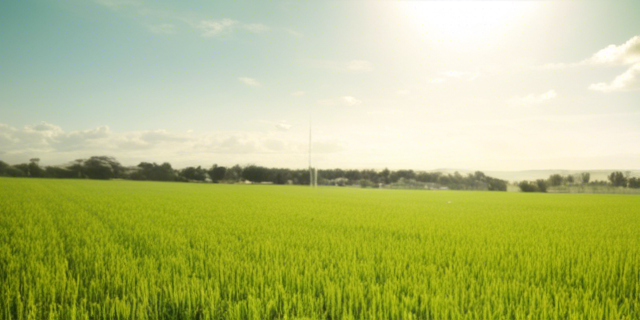
Stay Cool and Hydrated: Mastering Hydration and Heat Safety for Athletes
As temperatures rise, staying hydrated becomes essential for athletes of all ages to maintain performance and, most importantly, prevent heat-related illnesses. This guide will outline best practices for hydration, how to recognize when your body needs water, and when it’s time to take a break to protect your health.
Why Hydration Matters
Water is the fuel that keeps your body running. It regulates your temperature, lubricates joints, and ensures your muscles function properly. Dehydration can quickly lead to decreased performance, heat exhaustion, or even heatstroke, especially during intense athletic activities in hot weather.
Best Practices for Staying Hydrated
- Start Hydrated - Begin your day with water, and aim to drink at least 16–20 ounces 2–3 hours before exercising. This helps you start ahead, as your body won’t play catch-up during practice or a game.
- Hydrate During Activity - Drink 7–10 ounces of water every 10–20 minutes during activity. For workouts lasting over an hour or during intense heat, consider a sports drink that replenishes electrolytes like sodium and potassium.
- Post-Activity Hydration - After you’re done, rehydrate with at least 16–24 ounces of water for every pound lost during exercise. Weigh yourself before and after practice to monitor this.
- Avoid Dehydration Pitfalls - Limit caffeine and sugary drinks, as they can contribute to dehydration. Alcohol also dehydrates the body, so it’s best avoided, particularly when training in hot conditions.
How to Know You Need Water
Your body sends clear signals when it needs hydration. Keep an eye out for these early signs:- Thirst: Feeling thirsty means you’re already on your way to being dehydrated.
- Dry Mouth: A parched feeling is another red flag.
- Dark Urine: Pale yellow urine indicates good hydration, while dark yellow or amber suggests dehydration.
- Fatigue: Feeling unusually tired could mean your body is struggling to perform without enough water.
- Dizziness or Lightheadedness: A sign that dehydration may be affecting your blood pressure.
When to Take a Break
Even with good hydration practices, heat can take a toll. Don’t hesitate to step out and cool down if you experience any of these symptoms:- Cramps: Muscle cramps are often an early sign of heat stress and dehydration.
- Headache: Persistent headaches can mean you’re not drinking enough.
- Nausea: Feeling sick could signal heat exhaustion setting in.
- Flushed Skin: Overheating can cause skin to turn red and feel hot to the touch.
- Excessive Sweating or No Sweat: If you’re sweating excessively or suddenly stop sweating, it’s time to take a break and cool down.
Heat Safety Tips Beyond Hydration
- Plan Activities Wisely: Schedule practices or games during cooler parts of the day, such as early morning or late evening.
- Dress Smart: Wear light, breathable, and moisture-wicking clothing to stay cool.
- Use Cooling Techniques: Have cold towels, ice packs, or misting fans on hand for quick relief.
- Know the Heat Index: Be aware of the combined impact of temperature and humidity. Higher levels increase the risk of heat-related illnesses.
Takeaway
Hydration isn’t just about drinking water—it’s about understanding your body’s needs and knowing when to slow down. By staying hydrated, paying attention to early warning signs, and taking breaks as needed, athletes can safely enjoy their sport while staying protected from heat-related risks.
Remember
Hydration starts long before practice begins and continues well after it ends. Drink up, stay safe, and keep pushing your limits—without pushing your body into danger.
By adopting these tips, you’re not just improving your athletic performance; you’re making a commitment to your health and safety.

